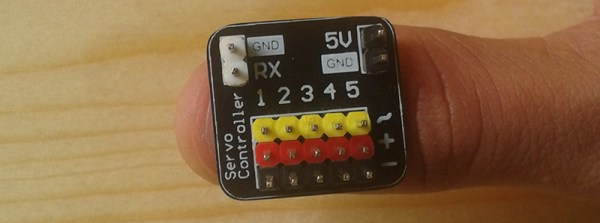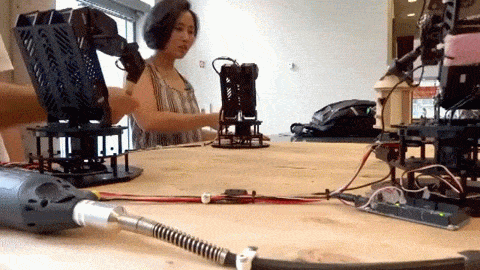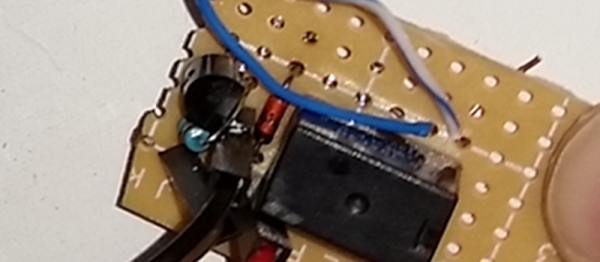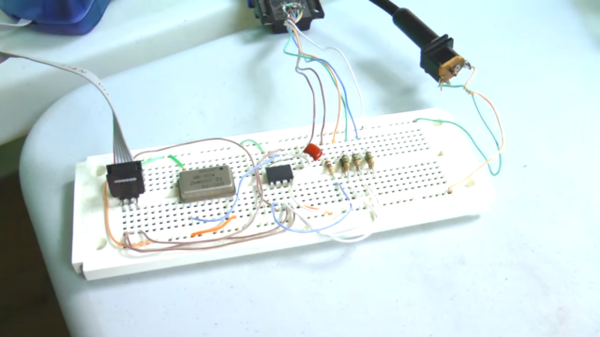Amateur radio operators are always trying some new stunt or other. It’s like they’ve got something to prove. Take Aircraft scatter for instance: the idea is to extend your radio’s range by bouncing it directionally off of overhead airplanes.
Radio signals travel in straight lines, which is a bummer because the Earth (despite what you’ve heard) is round. Inevitably, if you want to talk to someone far enough away, they’re over a hill. We’ve covered various oddball propagation methods recently, so if you don’t know about moonbounce, you’ve got some background reading to do. But airplane scatter was new to us.
Actually pulling it off requires knowing where the airplanes are, of course. To do so, you could simply look up the aircraft in your target area on the web, using something like FlightRadar24, but where’s the fun in that? There’s also the possibility of tracking local aircraft yourself using RTL-SDR if you’re feeling hard core.
The rest is just details. Hams [Rex Moncur (VK7MO)] and [David Smith (VK3HZ)], for instance, got 10 GHz signals to skip off airplanes over 842 km (PDF). If you’re an old-school ham operator, you’re double-checking the “gigahertz”, but it’s not a mistake. It’s tremendously impressive that these guys got a link over such a long distance using only 10 watts — but note that they’re doing it with highly directive dishes, and telescopes to aim them.
Not to discourage you from trying this at home, but there are all sorts of difficulties that you’ll encounter when you do. Airplanes moving perpendicular to the path between sender and receiver will Doppler-shift the signal, and there’s still quite a chunk of atmosphere to get the signal through. Finally, although airplanes look pretty big when they’re on the ground, they’re actually tiny when they’re up in the sky at 35,000 ft and 500 miles away; you’re bouncing your signal off of a small target.
The good news? People like [W3SZ] are sharing their well-documented results, and at least it’s 20dB easier than bouncing signals off the moon!
Thanks [Martin] for the tip!

















